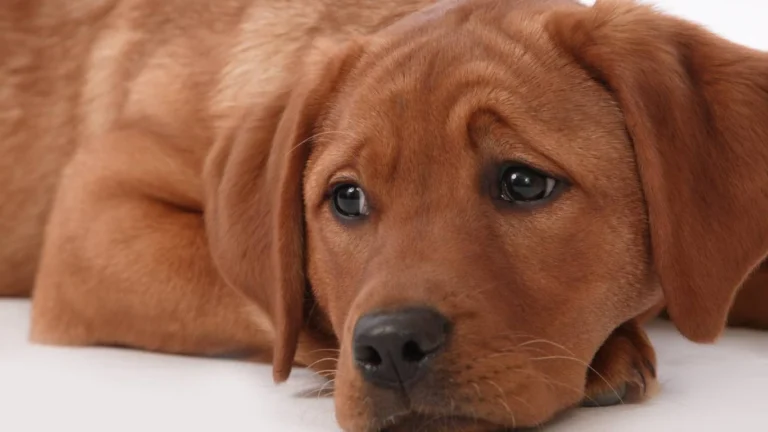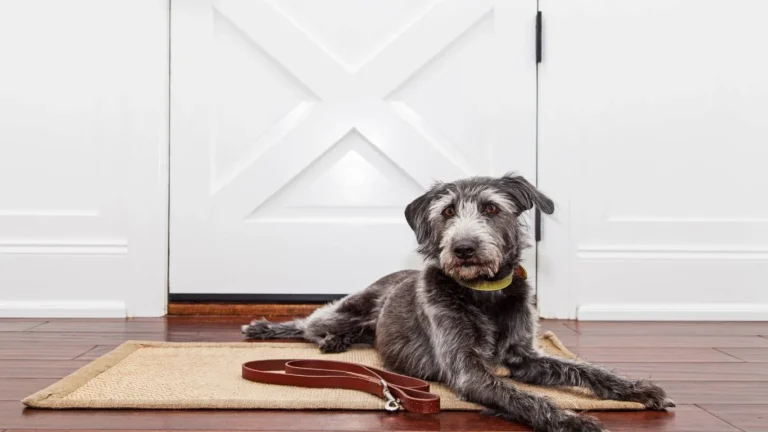10 Easy Ways to Safely Clean Your Dog’s Teeth at Home and Improve Their Health
As a veterinary assistant with a focus on pet nutrition, I’ve seen countless dogs come through the clinic with a variety of dental issues. Dental care for dogs is one of the most commonly overlooked aspects of pet health. Many dog owners are unsure about how to safely clean a dog’s teeth at home, and some might even be hesitant to try it out. But I promise you, with the right tools and approach, you can help keep your dog’s teeth clean and their breath fresh, all in the comfort of your own home. And don’t worry—I’m here to walk you through it step by step, just like I’ve done with pet owners in my experience. In this guide, we’ll talk about everything from the importance of dental hygiene to the best methods and tools you can use to clean your dog’s teeth safely.
The Importance of Regular Dental Care for Dogs
First things first—let’s talk about why dental care is so important for dogs. If you’ve ever noticed your pup’s bad breath, you might be thinking, “It’s just bad breath, no big deal.” But the reality is, dental issues can lead to much more than smelly breath. Without regular cleaning, plaque and tartar can build up on your dog’s teeth, which could eventually cause tooth decay, gum disease, and even serious infections that affect other parts of the body. Just like in humans, bacteria in the mouth can travel to the bloodstream and impact vital organs such as the heart and kidneys.
In fact, dental disease is one of the most common health problems in dogs, and it can start developing as early as three years of age. So, it’s essential to start a good oral care routine as soon as possible, even if your dog’s teeth look clean at the moment. Regular cleaning can prevent serious health issues down the line, which is why it’s so vital to know how to safely clean a dog’s teeth at home.

Signs Your Dog Might Need a Teeth Cleaning
It’s not always easy to know when your dog’s teeth need a little extra attention. Dogs can’t tell us if their mouth hurts or if they’re struggling with a toothache, so it’s important to keep an eye out for any signs of dental issues. Here are a few signs that your dog might need a teeth cleaning or a visit to the vet:
- Bad breath: As I mentioned earlier, bad breath (or “halitosis”) is a classic sign that your dog’s teeth need attention.
- Excessive drooling: If your dog is drooling more than usual, it could be a sign of gum disease or a dental problem.
- Red or swollen gums: If your dog’s gums look inflamed or bleed when you touch them, they might have gingivitis or another gum issue.
- Pawing at their mouth: Dogs often paw at their mouths or rub their faces if they’re experiencing pain from tooth or gum issues.
- Difficulty eating or chewing: If your dog is avoiding hard food or seems to have trouble chewing, it could indicate dental discomfort.
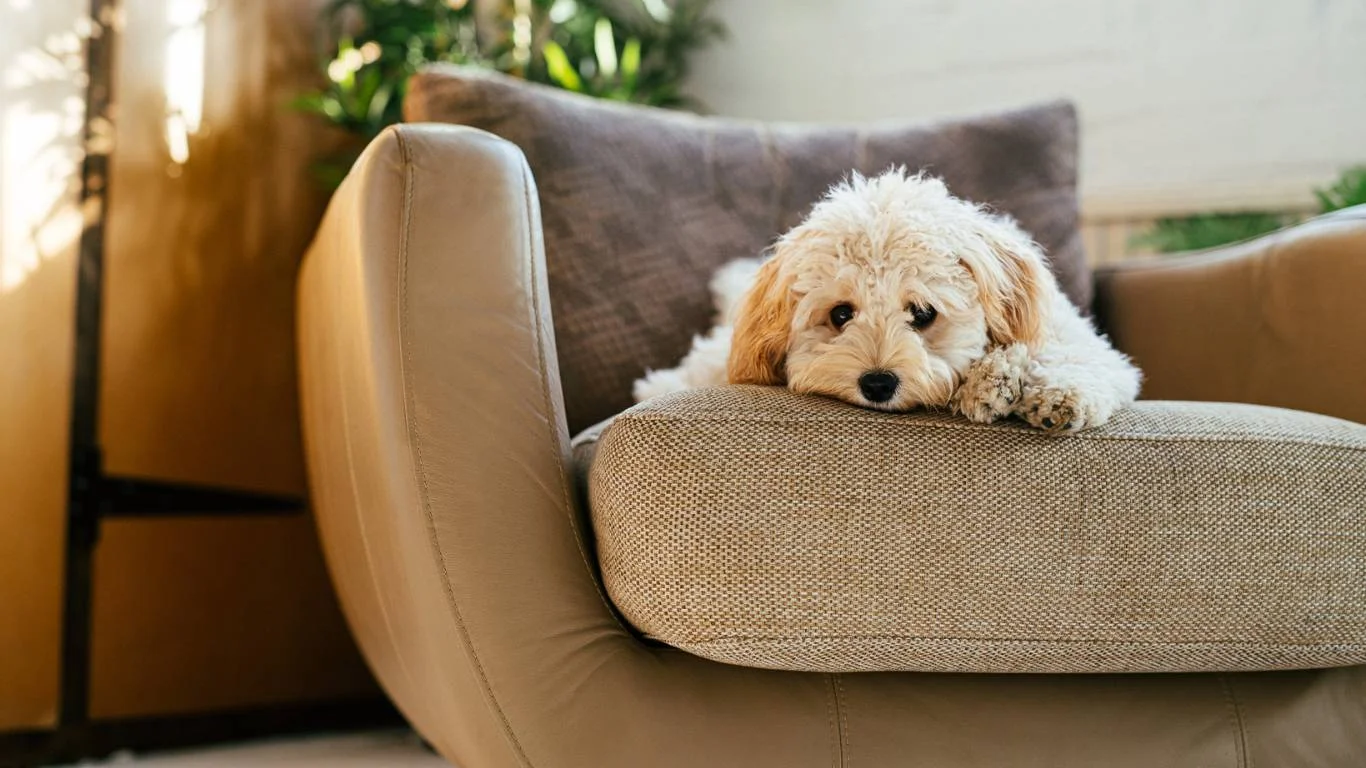
How to Safely Clean Your Dog’s Teeth at Home
Now that you understand why dental care is so important, let’s dive into how to safely clean your dog’s teeth at home. It might seem intimidating at first, but once you get the hang of it, it becomes a simple and quick part of your dog’s grooming routine. Here’s a step-by-step guide on how to safely clean your dog’s teeth at home:
1. Gather Your Supplies
Before you start, make sure you have everything you need. Here’s a quick checklist of supplies:
- Dog toothbrush: Dog-specific toothbrushes are designed to be gentle on your pet’s teeth and gums. They come in various shapes and sizes to suit your dog’s mouth.
- Dog toothpaste: Never use human toothpaste on your dog! Human toothpaste contains xylitol, which is toxic to dogs. Look for a pet-friendly toothpaste, which often comes in flavors that dogs love, like peanut butter or chicken.
- Dental wipes or chews: If your dog is particularly sensitive to brushing, dental wipes or chews can be a good alternative.
2. Get Your Dog Comfortable
It’s essential to make the experience as stress-free as possible for both you and your dog. Start by finding a quiet, comfortable space where your dog feels safe. You might want to have treats on hand to reward them for good behavior. If your dog is nervous or not used to having their teeth touched, take it slow and gradually build up their tolerance. Spend some time massaging their gums with your fingers before introducing the toothbrush. Make sure to keep the session calm and positive.
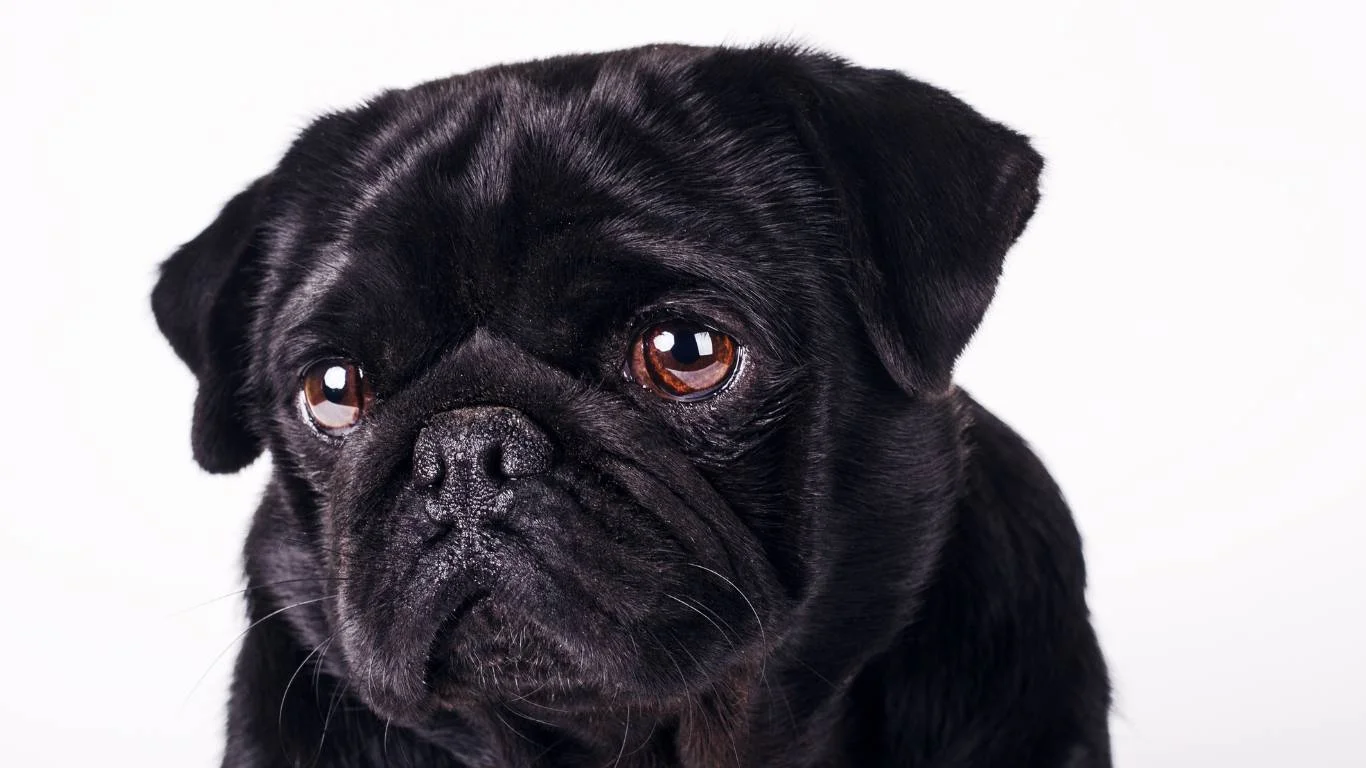
3. Start Brushing Gently
Once your dog is comfortable and you have all the supplies ready, you can begin brushing. Place a small amount of dog toothpaste on the toothbrush, and gently lift your dog’s lip to expose their teeth. Start at the back teeth and work your way forward, using gentle, circular motions. Pay extra attention to the gum line where plaque tends to build up the most. Be patient, and don’t rush it. If your dog gets anxious or you can’t brush their teeth all in one go, that’s okay. Just try to brush a little bit each day to gradually get your dog used to it.
Different Methods for Cleaning Your Dog’s Teeth at Home
Now that you have a general understanding of the importance of dental care and how to get started, let’s dive deeper into the different methods you can use to clean your dog’s teeth. Every dog is different, and while brushing is the gold standard, there are several other ways to support your dog’s oral health at home. Over the years, I’ve found that many pet owners appreciate having a variety of options when it comes to cleaning their dog’s teeth—some methods are more effective for certain dogs than others. So, let’s break it down!
1. Brushing with a Toothbrush and Toothpaste
As I mentioned before, brushing is the most effective and traditional method for cleaning your dog’s teeth. The good news is, most dogs can learn to tolerate this process with a little patience. However, I’ve learned that consistency is key! You’ll need to brush your dog’s teeth at least two to three times a week, though daily brushing is the best option for preventing plaque buildup and gum disease.
One tip I’ve picked up over time is to make the process enjoyable for your dog. Some dogs love the taste of flavored toothpaste, so choosing a toothpaste with a flavor like peanut butter or poultry can make the experience feel like a treat rather than a chore. Start slow, give your dog a taste of the toothpaste before brushing, and gradually introduce the brushing action. Remember, it’s all about positive reinforcement!
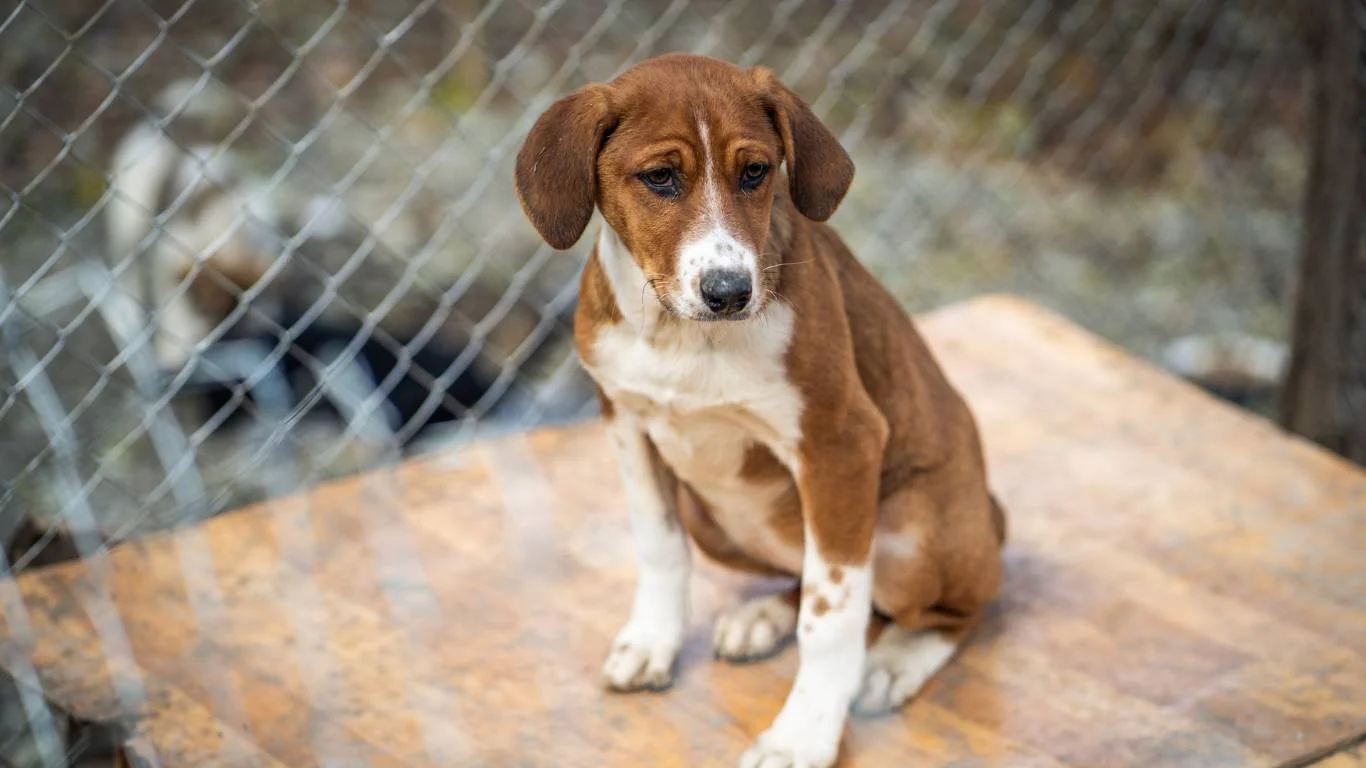
2. Dental Chews and Treats
If brushing just isn’t an option for your dog (maybe they’re super squirmy or have a strong aversion to it), dental chews and treats are an excellent alternative. Over time, I’ve found that certain dental chews can help to reduce plaque and tartar buildup while also satisfying your dog’s natural urge to chew. These treats are designed to scrub the teeth as your dog gnaws on them, and many of them are made with ingredients that promote fresh breath.
Keep in mind that not all chews are created equal. Some are more effective than others when it comes to cleaning your dog’s teeth, and some can be too hard and potentially damage their teeth. Look for chews that are specifically designed for dental care, and always follow the manufacturer’s guidelines for how often to give them to your dog. And as with anything, moderation is key—dental chews should be part of a well-rounded oral care routine, not a replacement for brushing altogether.
3. Dental Wipes
If your dog isn’t a fan of traditional brushing, dental wipes might be the perfect middle ground. These wipes are designed to be gentle on your dog’s teeth and gums while helping to remove plaque and food particles. They’re super easy to use and can be a good option for maintaining your dog’s oral hygiene between regular brushings. I’ve used dental wipes myself, especially when I need a quick cleaning after a meal. It’s also less stressful for dogs who may not tolerate a toothbrush in their mouth.
To use dental wipes, simply wrap one around your finger and gently rub it along your dog’s teeth and gums. Be sure to pay extra attention to the back teeth, as that’s where tartar buildup is most common. You’ll want to make sure to get into all the crevices, especially along the gumline. Again, dental wipes are a great addition to an oral care routine but shouldn’t be relied on as your primary method of cleaning your dog’s teeth.
Best Tools for Cleaning Your Dog’s Teeth
Having the right tools can make a big difference when it comes to keeping your dog’s teeth clean. Whether you prefer traditional brushing, dental chews, or wipes, the tools you use should be comfortable for both you and your dog. Here’s a rundown of some of the most popular tools for maintaining your dog’s oral health:
1. Dog Toothbrushes
Dog toothbrushes are specifically designed to fit comfortably into your dog’s mouth and help clean their teeth effectively. These toothbrushes usually have soft bristles to avoid irritating your dog’s gums and come in different shapes and sizes, from finger brushes to full-size brushes. If you’re new to dog teeth cleaning, I recommend starting with a finger brush because it offers more control and may feel less intimidating for your dog.
Finger brushes are small brushes that slip over your finger, allowing you to gently massage your dog’s teeth and gums. They’re great for introducing your dog to the brushing process since they’re less bulky than regular toothbrushes. As your dog gets used to it, you can switch to a full-sized toothbrush. I’ve seen a lot of success with these tools in my practice, especially for smaller breeds or puppies who have smaller mouths.
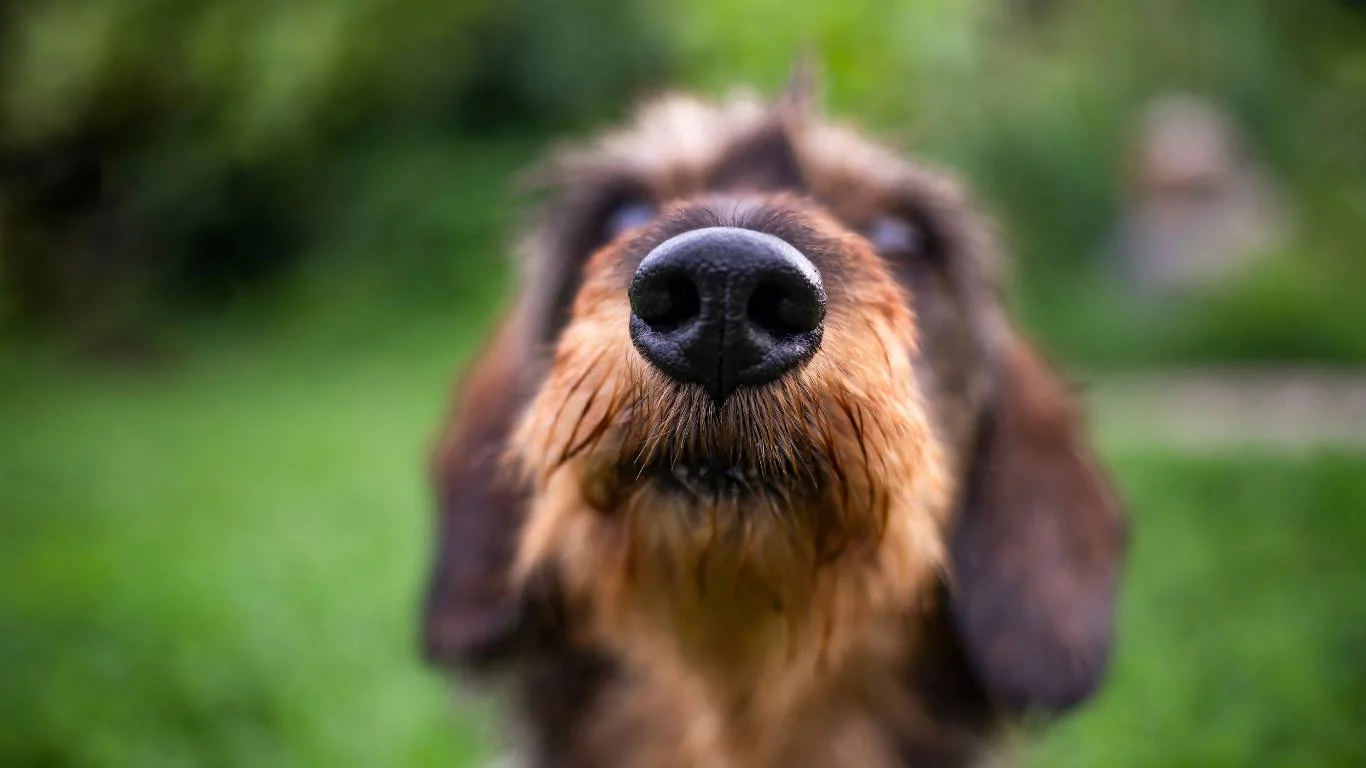
2. Dog Toothpaste
Always use dog-specific toothpaste, as regular human toothpaste can be harmful to your pet. Human toothpaste contains ingredients like fluoride and xylitol, which are toxic to dogs. Pet-friendly toothpaste, on the other hand, is formulated to be safe for dogs to swallow and comes in tasty flavors that your dog will love (think peanut butter, poultry, or even beef!). I personally recommend trying out different flavors until you find one your dog enjoys—it can make the brushing experience much more enjoyable for both of you!
Dog toothpaste also contains enzymes that break down plaque and tartar, helping to prevent buildup and keep your dog’s breath fresh. Make sure to follow the instructions on the toothpaste tube, and don’t overdo it. A small amount goes a long way!
3. Water Additives
Water additives are another great tool for promoting your dog’s dental health. These are liquids that you add to your dog’s water bowl, and they help to reduce plaque and tartar buildup, freshen your dog’s breath, and fight bacteria in the mouth. I’ve found that water additives are a convenient and easy way to maintain oral hygiene, especially if your dog isn’t fond of brushing.
While water additives aren’t a substitute for regular brushing, they can be a helpful supplement to your dog’s oral care routine. Just make sure you choose a product that’s safe for dogs and follow the instructions carefully. And remember, hydration is always important—make sure your dog has access to fresh water at all times!
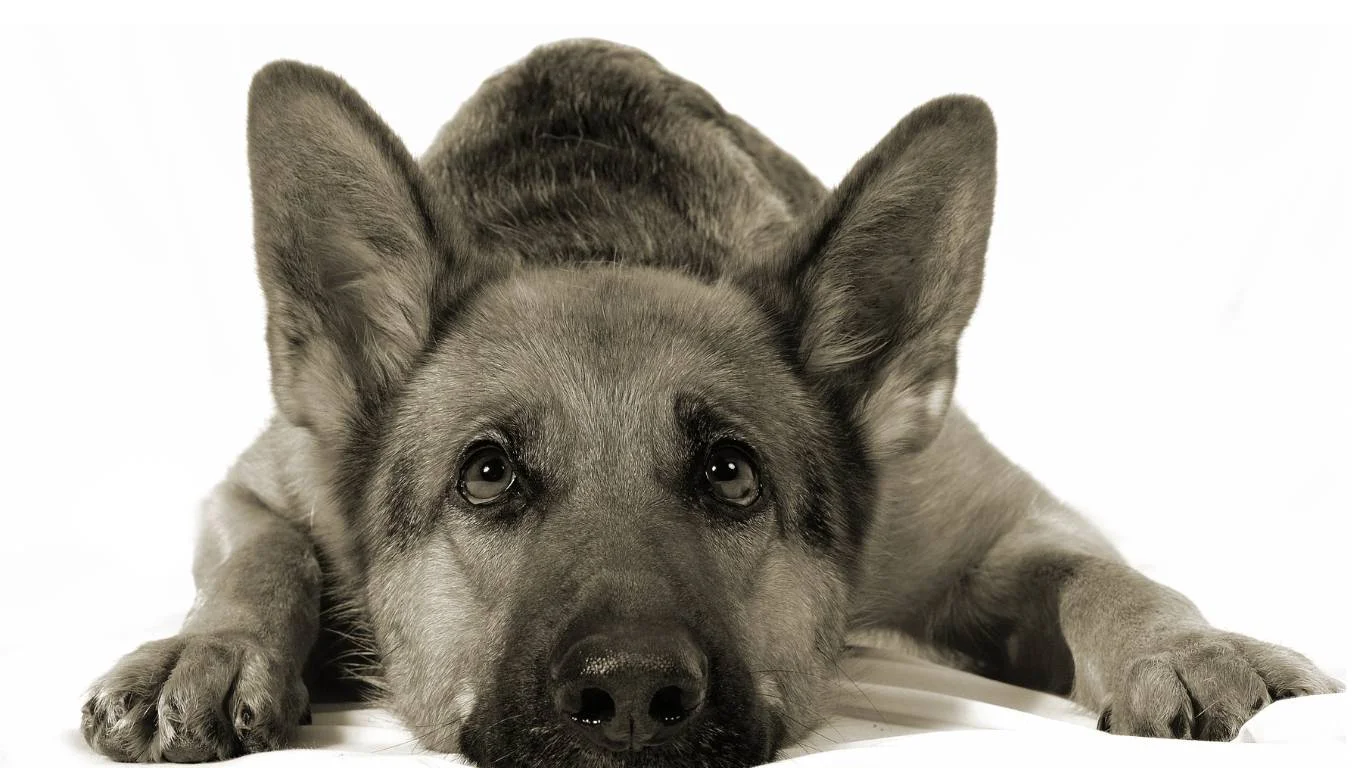
Preventing Dental Issues Before They Start
As I mentioned before, prevention is key when it comes to maintaining your dog’s oral health. While brushing and using dental tools are important, there are a few other habits you can adopt to help keep your dog’s teeth healthy:
- Feed a balanced diet: High-quality, nutritious food can contribute to strong teeth and gums. Dry kibble, in particular, can help to scrape plaque off your dog’s teeth as they chew. Consult your vet about the best diet for your dog’s dental health.
- Regular veterinary checkups: Your vet can check for any signs of dental disease during your dog’s routine checkups. If necessary, they may recommend professional cleanings or treatments to address any issues.
- Offer safe chew toys: Chewing on the right toys can help keep your dog’s teeth clean and strengthen their jaw muscles. Look for toys specifically designed for dental health that are durable and won’t break apart easily.
When to Seek Professional Dental Care for Your Dog
While it’s great to take charge of your dog’s dental health at home, there will be times when professional help is necessary. Over the years, I’ve seen many cases where dental issues go unnoticed at home, and that’s why regular check-ups are crucial. You may notice some signs that suggest it’s time for a professional cleaning or even more specialized dental care. So, let’s discuss when it’s time to call in the experts and why it matters.
1. Severe Bad Breath
As we’ve mentioned earlier, bad breath is common in dogs, but there’s a difference between “dog breath” and a strong, foul odor coming from your pup’s mouth. If you notice a particularly pungent smell that doesn’t seem to go away, it might indicate a more serious dental problem like gum disease, tooth decay, or even infection. If brushing at home doesn’t improve the situation, it’s time for a professional evaluation. In my experience, even if the issue seems minor, it’s always worth consulting with your vet to avoid long-term problems.
2. Red or Swollen Gums
If your dog’s gums appear red, inflamed, or are bleeding when touched, that’s a sign that they may have gingivitis or periodontal disease. This is an issue I’ve seen too often, especially in older dogs. Gingivitis can progress to more severe conditions if left untreated, potentially causing tooth loss. A vet can evaluate the severity of the issue and determine if professional cleaning or more extensive treatments are needed.
3. Difficulty Eating or Chewing
Any change in your dog’s eating habits, such as reluctance to eat, favoring one side of their mouth, or difficulty chewing their food, could indicate dental pain. This is a big red flag that something may be going on in their mouth. In these cases, it’s important to consult your vet as soon as possible. They may need to perform a thorough dental examination under anesthesia, which is common during professional cleanings.
How Professional Cleanings Benefit Your Dog
Having your dog’s teeth professionally cleaned isn’t just about keeping their mouth looking pretty—it’s also about preventing long-term health issues. A professional cleaning goes beyond what we can do at home, as the vet has access to specialized tools to remove tartar and plaque that can’t be reached with a toothbrush. I’ve seen the difference that a professional cleaning can make in a dog’s overall well-being, especially in dogs with advanced dental disease.
During a professional cleaning, your dog will undergo a thorough dental examination, including X-rays if necessary, to check for any underlying issues like broken teeth or abscesses. The vet will then scale the teeth to remove plaque and tartar buildup and polish them to help prevent future accumulation. In some cases, they might recommend extractions if a tooth is too damaged to be saved. Though it’s more invasive than at-home cleaning, it’s an essential part of maintaining your dog’s oral health.
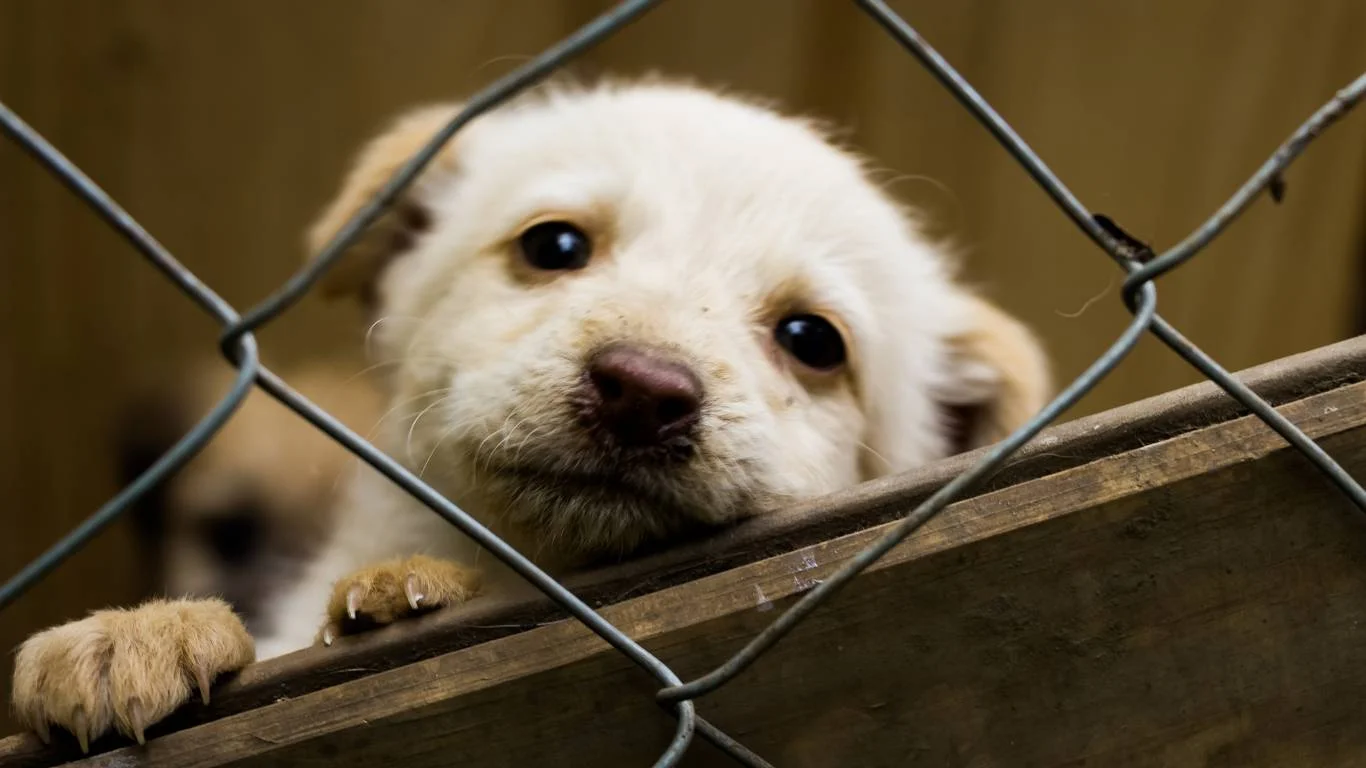
Maintaining Dental Health Beyond Brushing
As we’ve talked about, brushing is just one piece of the puzzle when it comes to your dog’s dental health. There are several other habits you can incorporate into their routine to keep their teeth healthy for years to come. In fact, I’ve found that a combination of strategies tends to be the most effective. Let’s explore a few more ways to keep your dog’s teeth in tip-top shape:
1. Regular Vet Check-Ups
Aside from cleaning your dog’s teeth, it’s essential to have regular vet check-ups to monitor their overall health, including their dental health. During routine exams, the vet will check for signs of dental disease and provide advice on how to maintain your dog’s teeth at home. In my personal experience, I can’t stress enough how much having a professional examine your dog’s mouth can help catch potential problems before they escalate.
2. Healthy Diet and Dental Health
Feeding your dog a healthy, well-balanced diet can play a significant role in maintaining their oral health. High-quality, well-formulated dog food will not only support overall health but can also help to keep their teeth clean. In addition, there are specially formulated dental diets available that can reduce plaque buildup. These foods usually contain specific ingredients that help clean your dog’s teeth as they chew. I’ve personally seen dogs who’ve switched to dental-specific diets show an improvement in their dental health, and the best part is they enjoy eating them!
3. Provide Chew Toys
Another great way to prevent plaque buildup and maintain dental health is to offer safe chew toys. Chewing naturally scrapes plaque off your dog’s teeth, helping to reduce tartar. But here’s the key—make sure the toys you choose are durable enough to withstand your dog’s chewing habits but not too hard to cause dental damage. I always recommend rubber or nylon-based toys as these are gentle on your dog’s teeth while still being effective at cleaning them. As much as dogs love to chew, it’s a win-win situation for both of you!
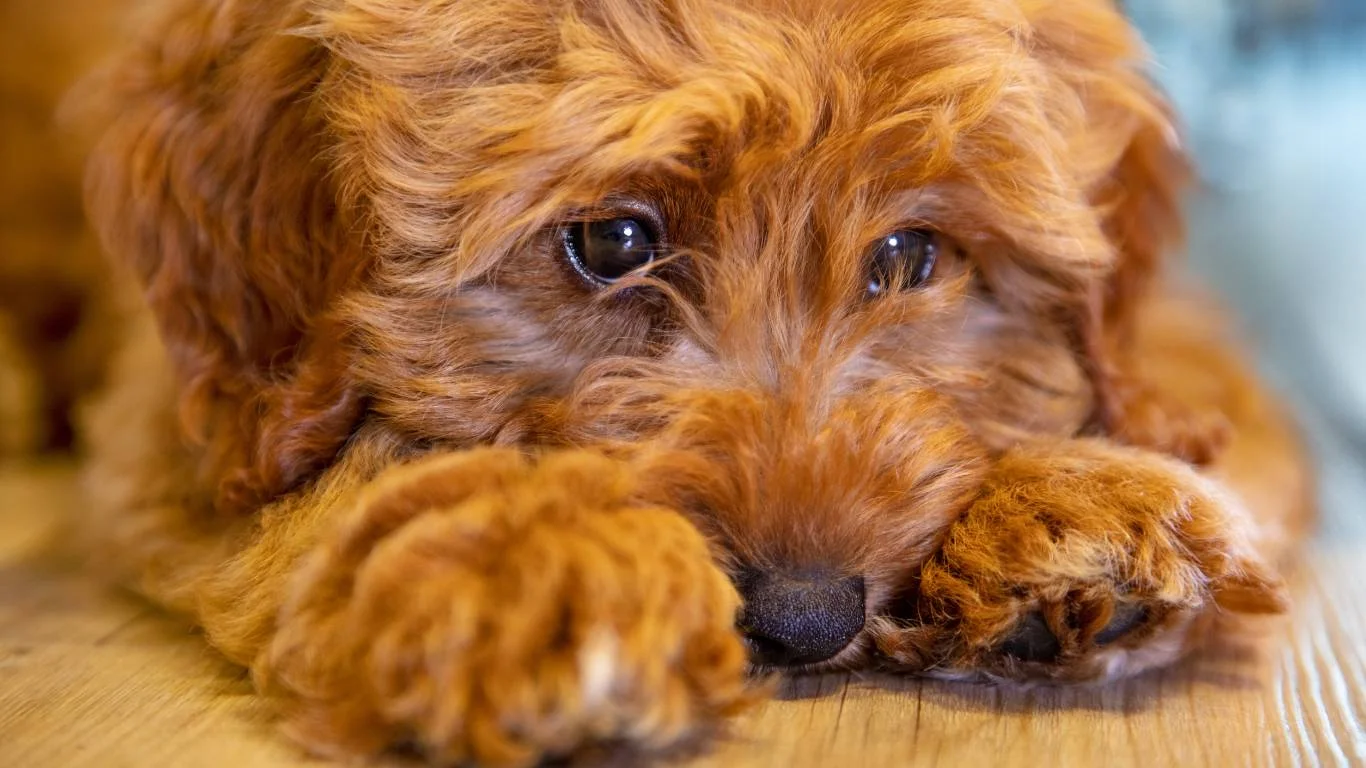
Disclaimer
The content in this article is intended for informational purposes only. It should not be considered as a substitute for professional veterinary advice, diagnosis, or treatment. Always consult your veterinarian if you have concerns about your dog’s dental health or any other aspect of their care. As a veterinary assistant with a focus on nutrition and dental care, I encourage you to stay proactive with your dog’s health, but please remember that each dog is unique. What works for one may not work for another, and professional advice is crucial when it comes to any medical treatment.
For more detailed information on maintaining your dog’s oral health, check out resources like PetMD and the American Kennel Club. These sites offer a wealth of knowledge about pet care, including dental health and nutrition tips for your furry friend.

